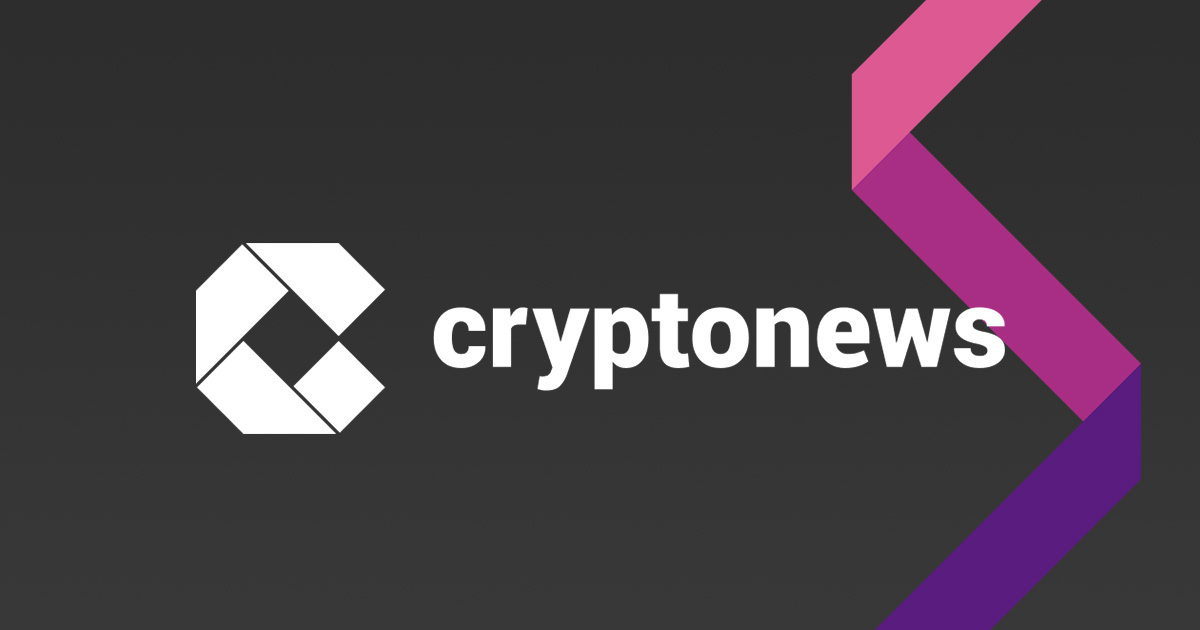Ethereum (ETH), the second largest cryptocurrency, is up by 11% in the last seven days. Investors are rushing to jump into Ether ETFs while the most popular wallet of the ecosystem is finally ready to start a rewards program.
Ethereum ETFs inflows are green for five weeks in a row
Inflows to exchange-traded products on Spot Ether (ETH ETFs) registered their most successful week since early August 2025. Between Sept. 29 and Oct. 3, investors brought $1.3 billion across all ETFs, SoSoValue, data shows.
Image by SoSoValueSo far, this is the second weekly chart in recent months. In mid-August 2024, investors set the record by locking $2.85 billion in Spot Ethereum ETFs.
Investors are attracted by the solid price performance of the second biggest cryptocurrency. In the last seven days, the ETH price added 10.9% to set a local peak at $4,670.
BlackRock’s ETHA, NYSE’s ETHE and Fidelity’s FETH are the biggest and most active Spot Ethereum ETFs, according to recent data.
Total USD-denominated liquidity volume injected in ETFs on Spot Ether exceeds $30 billion.
Ethereum (ETH) exchange-traded products represent a secure form of investing in cryptocurrency with no need to hold coins or private keys. It is suitable for institutions not interested in buying crypto directly due to tax, legal or operational reasons.
Bitcoin Spot ETFs also logged very successful weeks. Over $3.38 billion were injected here, making it the most successful week of 2025 so far.
MetaMask rewards program kicks off soon, Joseph Lubin hints
On Oct. 4, 2025, MetaMask, the most popular non-custodial wallet for the EVM ecosystem, announced that its long-anticipated rewards program is set to be launched soon. MetaMask is used by tens of millions of users globally, so its potential airdrop would be the largest in crypto history.
However, no eligibility criteria were disclosed so far. Today, Joseph Lubin, cofounder of Ethereum and founder of ConsenSys, the company behind MetaMask, shed some light on what to expect from the upcoming rewards distribution.
First, he said that all exciting leaks and alleged designs of the reward campaigns are false. Within season 1, all rewards will be made in LINEA, a core native cryptocurrency of Linea, an Ethereum-based L2 blockchain, and other ConsenSys products. The total amount of rewards for season 1 will be set at $30 million in equivalent.
MetaMask’s rewards program will reward old users of the wallet, but some opportunities will also be open for a new generation of users.
While no exact timeline has been disclosed, the first rewards campaign events might arrive as soon as the coming weeks:
As covered by U.Today previously, Consensys is also looking forward to releasing a token for DIN, its decentralized blockchain infrastructure platform.
Uniswap (UNI) tokenholders do not benefit from its fees: Investor take
Uniswap (UNI) tokenholders are not getting any share of the frontend fees the product charges its customers. All fees secured are redirected to shareholders, which creates misalignment.
Image via TwitterOmar Kanji, partner of Dragonfly Web3-focused VC, shares such an analysis of Uniswap (UNI) economics on his X account.
The situation looks unfair and ridiculous as the UNI token is down by 80% from its all-time high. UNI, therefore, fails to become a value sharing instrument despite being associated with one of the leading DEXes in the space.
Commenting on the post, some community enthusiasts opined that Uniswap only launched UNI token to siphon users and liquidity from SushiSwap, a competing DEX.
Source: https://u.today/13-billion-inflow-to-ethereum-etfs-metamask-rewards-close-top-dex-uniswap-slammed-ethereum-news


